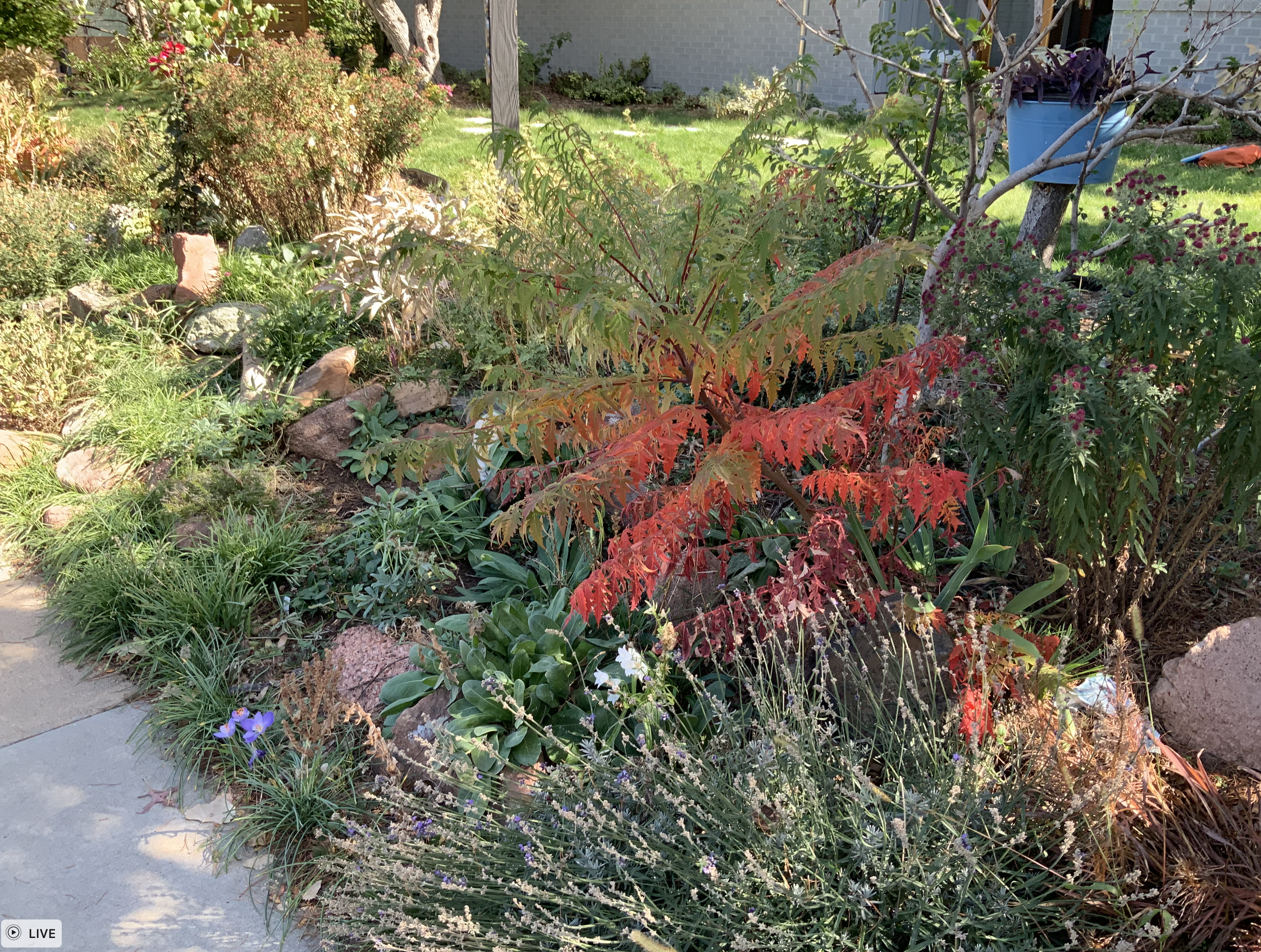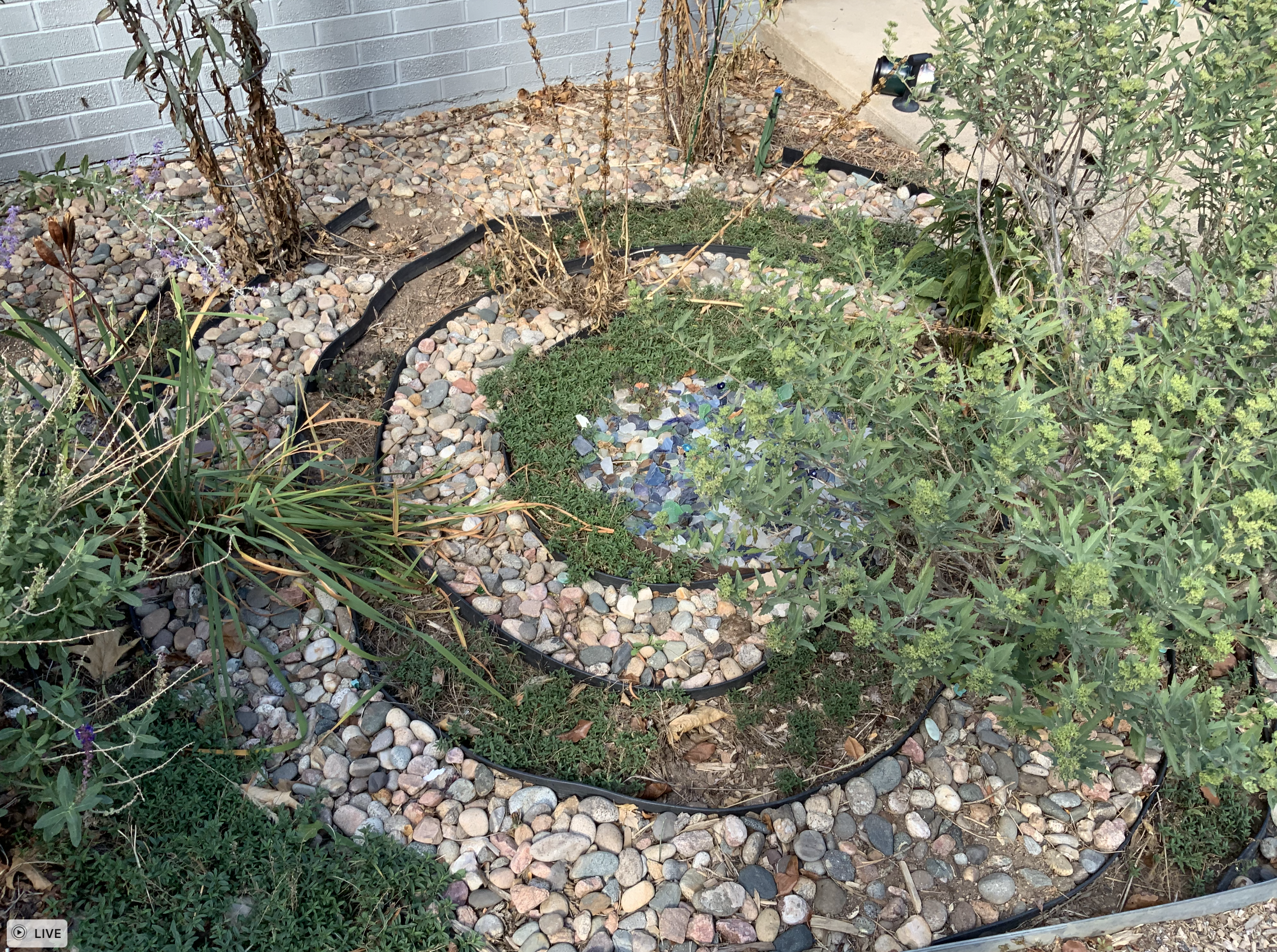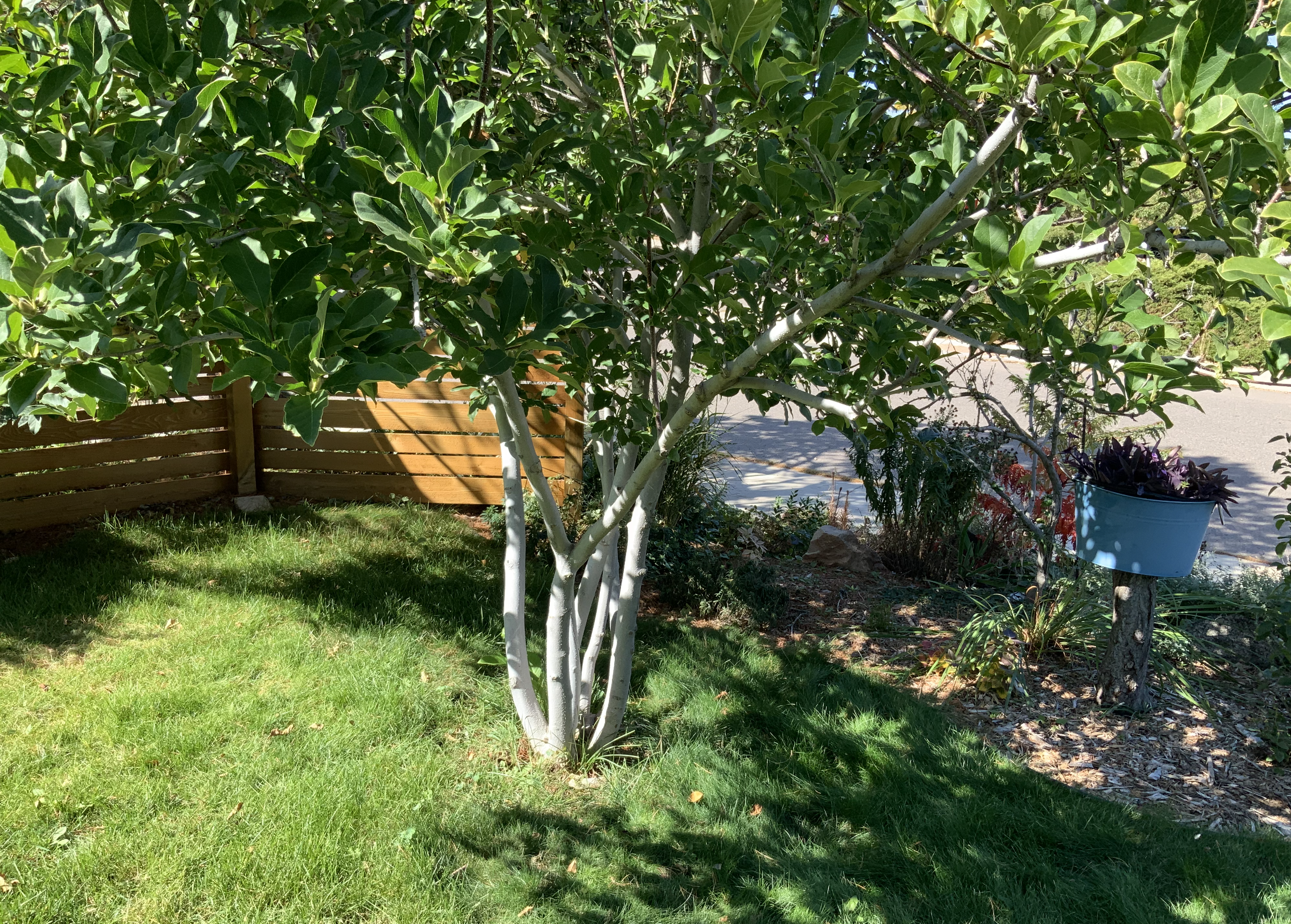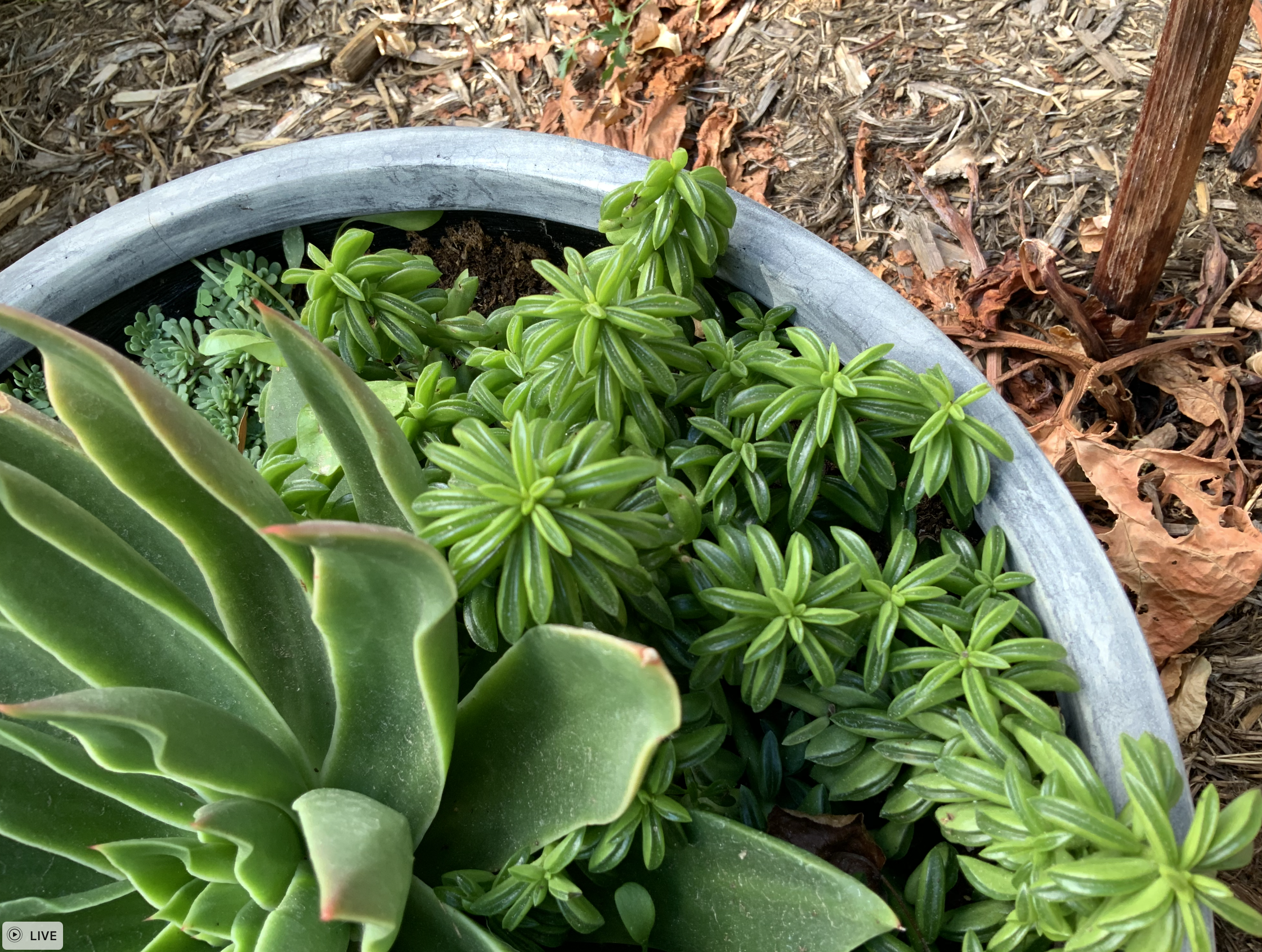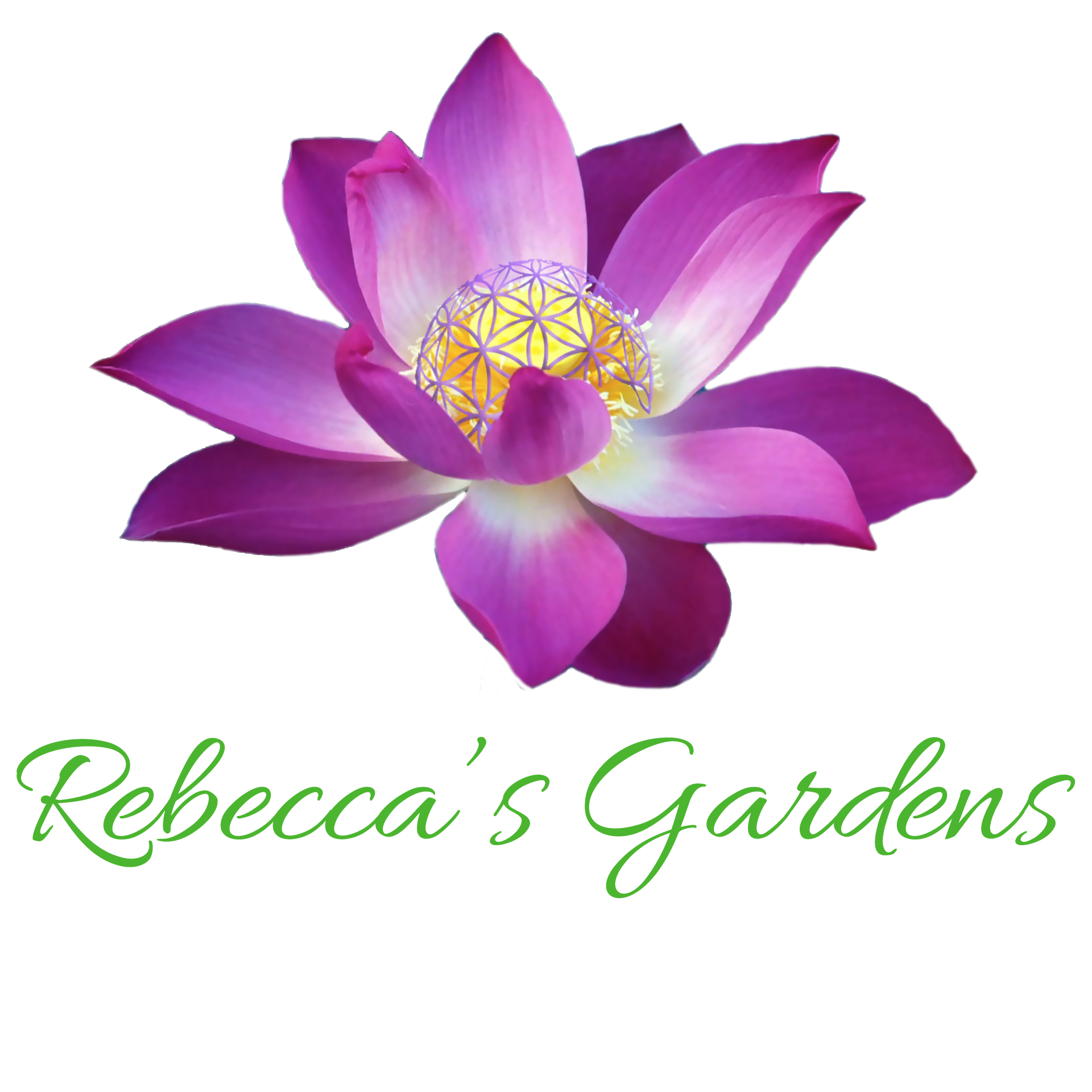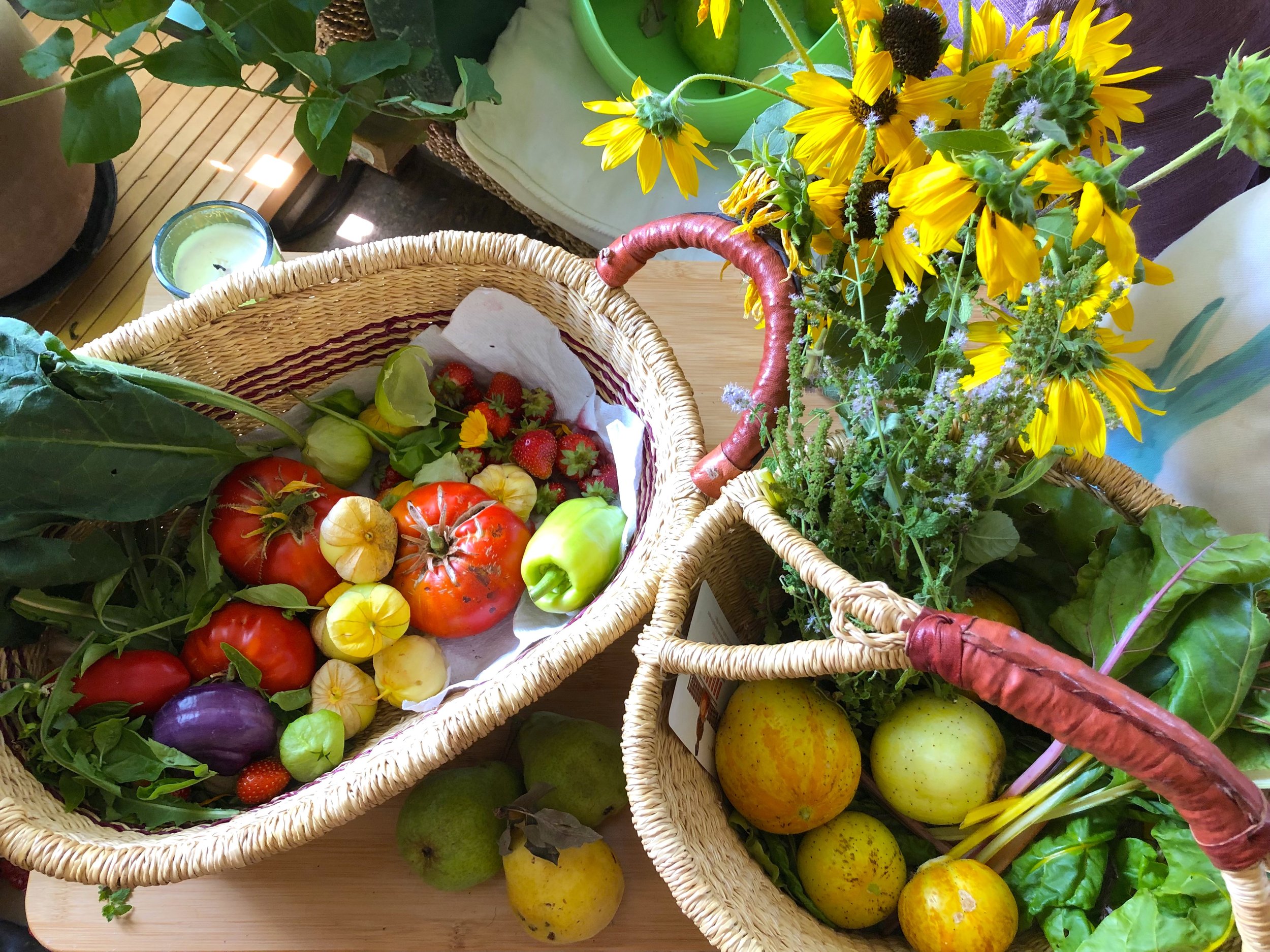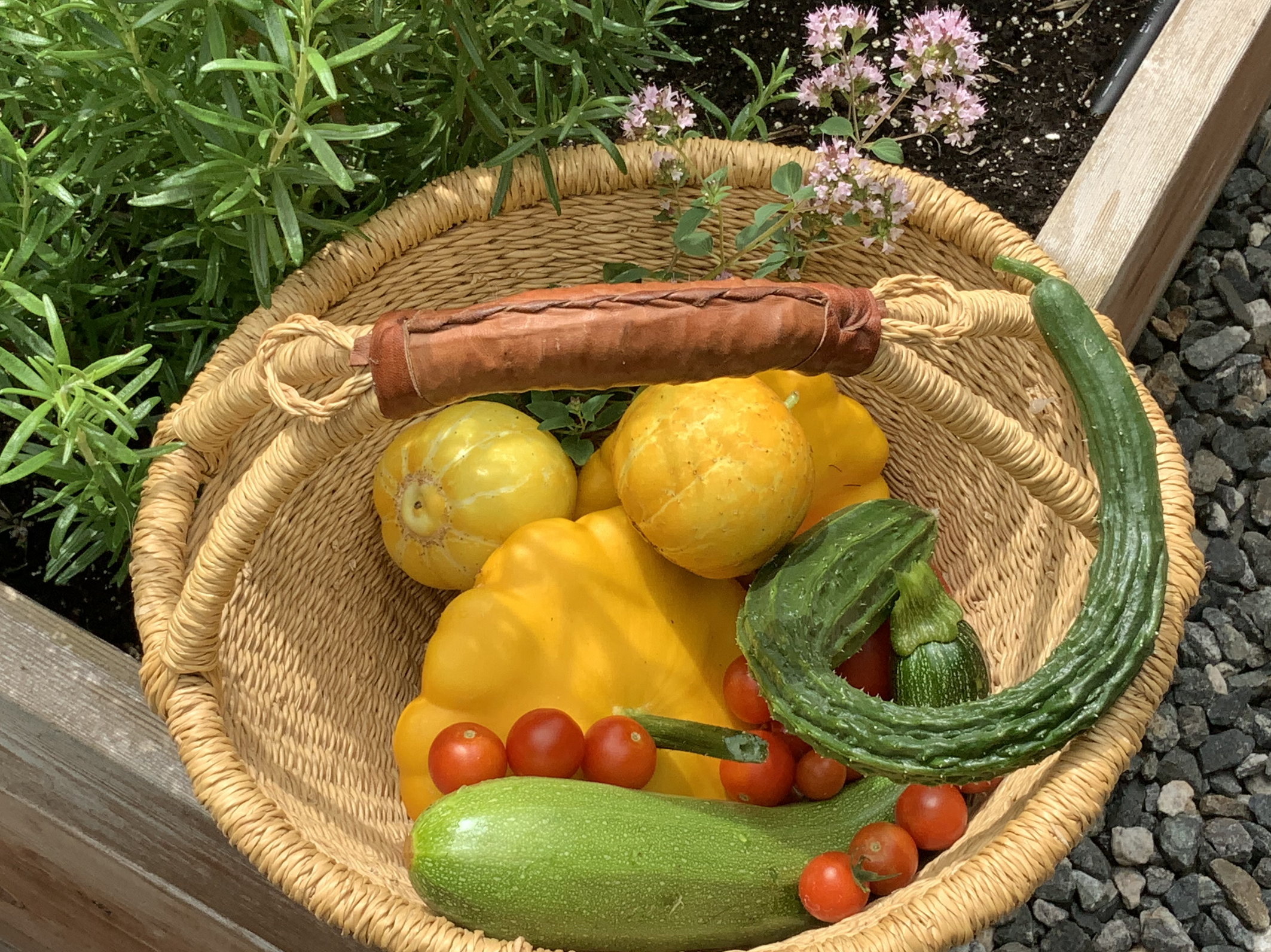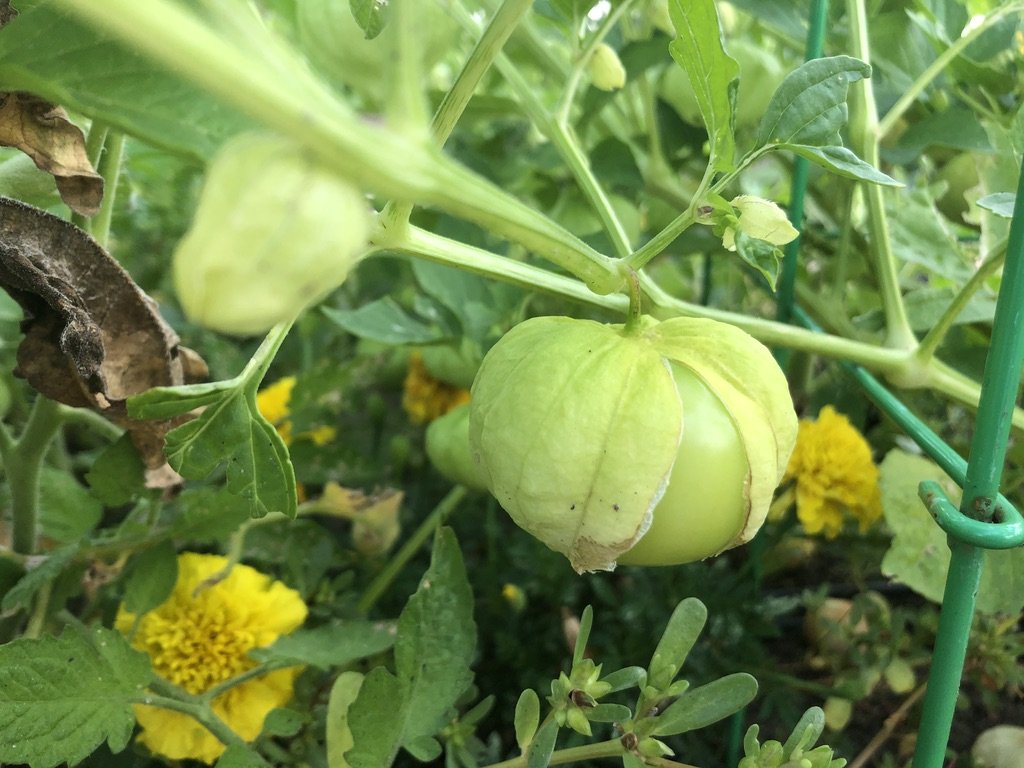Veena & Kyle’s Landscape
3800 Carlock Ave
DESIGN | PLANTS + MATERIALS | SOIL | CARE + MAINTENANCE | RECOMMENDATIONS | RESOURCES
Landscape and Garden Design
Access YOUR Custom Design - Schedule A Free Estimate with Rebecca
Highlighted Landscape Area(s)
ADDITIONAL DESIGN SKETCHES OR THEMATIC ELEMENTS
Vegetable Garden or Small Row Crops DESIGN
Plant List
WITH COMMON + BOTANICAL NAMES | CONTAINER SIZE | QUANTITY | DETAILS
Access YOUR Custom Native Plant List - Schedule A Free Estimate with Rebecca
“NOW’S AN EXCITING TIME TO GROW YOUR AT-HOME GARDENING SKILLS + KNOW HOW!”
HERE ARE LINKS TO EACH STEP AS YOU LEARN THE ARTS OF:
1) BUILDING SOIL
2) LEARN TO GROW + (SEPARATE) YOU TUBE VIDEOS
3) OUR SCHEDULE OF AVAILABLE HANDS-ON CLASSES
4) CREATING + CULTIVATING A FRUIT TREE GUILD
5) GARDEN MAINTENANCE
6) LOCAL VENDORS
GREAT! LET’S DIVE IN…
Building Your Soil
THE HEALTH OF YOUR PLANTS IS FIRST AND FOREMOST ABOUT THE HEALTH OF YOUR SOIL
COLORADO SOIL STRUCTURE + AMENDMENTS
WELCOME TO COLORADO: A HIGH ALPINE DESERT
The “high alpine desert” (high and dry) zone of our Colorado front range means that the soil here is typically a rocky compacted clay, deficient in nitrogen or other nutrients. The soil here has a high “alkaline” pH of 7.0 - 8.3, due to the high amount of calcium carbonate (free lime), a reflection of limited rainfall and rock weathering.
To adjust for this, here are the elements we can easily add to this soil to make it more hospitable and to support your garden beauty and bounty.
START HERE + BRING YOUR SOIL TO LIFE
In perennial beds, after spring clean up, and before adding seeds or starts, it is highly recommend to:
1) OPTIONALLY Aerate or till the existing raised bed soil. In a raised bed specifically designated for use as a vegetable garden, it can be difficult to apply a no-till practice. In this case, it’s fine to balance structure and provide nutrients by adequately loosening up and amending the soil.
BALANCE YOUR SOIL STRUCTURE WITH THESE ELEMENTS
2) Add a moisture-retaining element such as rice hulls, pearlite, or vermiculite (expanded shale). If you want to support a local reseller, these are available at McGuckins. The volume needed will depend on your square footage as well as any unique microclimate influences of note.
The gardener’s goal here is to create a loamy soil strucure (an equal balance of sand/silt/clay). We’re going for the “goldilock’s zone” of not too heavy, not too light, but just right, with good moisture retention. Here’s how to identify what general soil type you may be working with and now to balance it:
→ DENSE DIRT OR CLAY Most of the Front Range of CO has dense or clay dirt masquerading as soil. So, if you soil is overly dense, compacted, or has a high clay content, you’ll want to lighten it up. For this, you can use rice hulls, pearlite, and/or vermiculite. These elements act to retain moisture by wicking and dispersing, making it available to the roots in a more even distribution over a longer period. Coconut coir and spanghum moss also provide a lighter weight to the surrounding soil media thus aerating and lifting the density.
→ SANDY SOIL If your soil is too sandy or dry dusty silt, water may run through it too fast, or it may not cultivate the density necessary to support the kind of microbial activity that will truly nourish your plant roots. So you’ll want to create more moisture retention and build up the structure slightly. In this situation, coconut coir acts as a fine moisture retention element, or you could use vermiculite for even more retention. Consider removing a % of the existing media and/or adding raised bed soil to bring the structure into balance.
For moisture balance, remember this general rule of thumb: Use rice hulls, coconut coir or perlite when you want better drainage and aeration. Use vermiculite when you want more moisture retention.
What’s Your Starting Soil Type?
Use Amendments To Balance Soil Structure
Here’s What A Healthy Balance Might Look Like
NEXT FERTILIZE YOUR SOIL WITH
COMPOST + NUTRIENTS
There is a difference between soil and dirt. Dirt can be any media such as sand/silt/clay, but it lacks the living microbes or fungal networks that create the ‘soup’ of life within which plant roots symbiotically thrive. Soil, on the other hand, can have a base of the same media, yet it is ALIVE, providing a living soup for such organisms. Soil has a balanced structure, density, and most importantly: the biodiversity necessary to support a living eco-system thriving within. Here’s how to build biodiversity and healthy structure into your Colorado soil:
COMPOST
3) Add a volume of organic compost suitable for vegetable or medicinal garden use. Start by adding a layer to the top of the exposed soil and then mixing it in. Great composts to use can be anything from Alpaca or Chicken poop from your local farm (make sure it’s not too “hot”), to bagged compost. Here are our recommended bagged planting soil blends, available at local suppliers such as McGuckins:
• The Bomb — by Paonia Soil Co
• Sheep ‘n Peat — by Earth Essentials
• Ocean Forest — by Fox Farm
FERTILIZERS
4) Add nutrients that help plants grow. Your typical fertilizers will have a blend of Nitrogen—Phosphorus—Potassium (N-P-K). Together these provide a spectrum that meets plant needs. You can also add other natural elements such as worm castings, bat guano, fish or kelp emulsion, blood or bone meal. Keep in mind that each of these has their own ratio, so make sure it’s what your plant needs before applying. We recommend the following brands:
• Root | Grow | or Bloom — by Age Old Organics
• Hemp Dress — by Key To Life
BOOST SOIL BIO-DIVERSITY
5) Add mycorrhizae (a fungus that grows in association with the roots of a plant) for help with nutrient uptake to help plants and ecosystem grow. Establishing this root-based systemic network is essential in that it helps plants attract and absorb nutrients from the surrounding soil that its roots alone would not be able to draw up. It’s like ‘nature’s wifi’— helping connect the neighborhood bio-chemically through the soil. Nature takes time to build this, and we can help speed it up by introducing the mycorrhizae.
• Mycorrrhizae — by Big Foot
ADD WATER SLOWLY AS YOU MIX YOUR SOILS
6) Slow water. Let the amendments soak down with slow watering (to avoid fast runoff) before planting. Soaking, rather than spraying, will give your soil time to sink in and begin to come to life. Make sure the water soaks deeply down and doesn’t just sit in the top few inches of your soil.
PLANT YOUR SEEDS + STARTS
7) Now your seed and starts are ready to be planted. By nurturing the soil before planting, you increase the success rate of your introduction, robustness, and longevity of your new plants, as well as contribute to a healthier ecosystem.
Additional Natural Products
CLICK HERE FOR A FULL LIST OF RECOMMENDATIONS
for horticultural and vegetable gardens
Learn To Grow - What To Know
HIGHLIGHTS FOR CULTIVATING PLANT GROWTH IN YOUR GARDEN
COMPANION PLANTING
While there are many definitions of what makes a healthy ‘plant guild’, essentially we are looking to create a polyculture by placing species (vegetable, flower, herb) that grow well together, are chemically beneficial for one another, as well as some that attract pollinators and/or some that repel pests.
We’ll give you some of our suggestions for your unique garden. Diversity is key, so play around with your senses — imagine what you’d like to see, smell, taste, or use, or experiment to find what suits your garden best. Here is a link to a good companion plant search, if you get curious about what would grow best with each specific species: https://www.epicgardening.com/?s=companion+plants
TRELLISING
While Boulder is high-and-dry, if you wish to avoid mildew, then trellising your vines is a helpful way to go. On a trellis, the fruits and veggies are easier to see when ripe and to pick. Another creative suggestion might be to create an arched trellis between beds. You can find how-to videos and recommendations for many options below. Be creative and have fun.
MULCHING
STRAW is the best mulch material for your raised veggie beds. (NOT HAY). The importance of covering bare soil cannot be understated. A good organic material that keeps the moisture in is essential for healthy soil, especially at high altitudes with extreme weather and low precipitation. Although they may look similar, straw and hay are different in one important feature: Hay, which is grown to feed animals, contains seeds. If used as mulch, these seeds germinate and create a weed problem. A good quality straw contains few seeds. Leaves, ground to a fine consistency can also be sprinkled as a mulch. Make sure any material you use in your edible gardens is either biodynamic or organic and has been grown free from chemicals or chemical fertilizers, including the groundwater in the area.
LIVING MULCH Short green plants like buckwheat, alyssum and clover can be used to cover soil between taller plants and keep weeds from growing, while enriching the soil and attracting beneficial insects. In fact, many of these are prized for their use as lawn alternatives. Check your microclimate requirements and each plant’s growing preference to make sure they will grow where you intend.
TREE BARK Gorilla hair mulch is a hairy type of shredded tree bark widely used as a garden mulch. Depending on your preference for using weed barrier material, this is a good one to use a strip of weed barrier or weed mat under for smaller walkways. This mulch settles down into a matt that is wind resistant and at the same time creates a soft thick layer to walk on that doesn’t allow as many weeds to propagate as gravel.
Wood chips are a fine option for walkways. Do NOT add them as a cover to your veggie gardens, though, as wood and bark can lock in nitrogen from the soil keeping it from the growing plant roots that need it.
Watch Others Do It + Then Try It Yourself
We Suggest The Following YouTube Channels As You Learn The Art/s Of…
Soil
Growing Tips
Next Level Beauty + Inspiration
Want Hands-On DIY Learning Sessions and Small Seasonal Classes?
COME VISIT US AT GEOFLOWER FARM IN NORTH BOULDER !!!
CLICK FOR MORE DETAILS
Click for more details at our north boulder location @ Geoflower Farm
Plant A Living Guild To Support Your Crabapple Tree
Here is a sample Fruit Tree Guild (plant list) for your yard - Compliments of Rebecca
Sample Guild lists courtesy of Rebeccas Gardens for Front Range microclimate species.
Images courtesy of Introduction to Permaculture by Bill Mollison showing spatial layout.
What Is A Plant “Guild”? How Do Plants Work Together?
DEFINITION A plant guild is a community of plants that grow and support each other by recycling nutrients back into the soil, providing shade, and conserving water, attracting beneficial insects, repelling pests and diseases, building soil, and preventing erosion. In other words, they’re like each other’s best friends helping to share their unique skills and benefit the collective in their little location (aka micro-climate). They each help one another to be their best in the bio-chemical and ‘social’ environment.
DRIP LINE LAYOUT Main guild plantings are spaced most prominently within the circular area that defines the ‘drip line’ of the tree. The drip line is the area within which rainwater drips down from the trees leaves, forming a circle on the ground around the outer edge of the trees branches, mirrored by its root system underground. Just within the drip line is the area where the roots of the tree will most actively integrate with companion plants. This is because the tips of the roots are the most active and are always located near the drip line, reaching further out as the growth of the tree evolves. Specifically, this is where the tree has the most synapses for interchanges within the soil, including water and nutrient uptake. Other plantings may fill the space outside the drip line or the space that defines the garden between trees.
Aesthetically, we encourage your creativity! But in addition to your garden artistry, here are the logistical components that may help you decide what will go where for the needs of your unique guild or garden:
The 6 Main Balancing Components To A Guild
√ ATTRACTORS Great for bringing pollinators to the garden! >> Cosmos, Catmint, Sunflowers, Valarian, Sages/Salvias, Zinnias, Snapdragons, fennel, dill, lavender
√ REPELLERS Pest deterrents are a must as well. >> Allium (aka onion-family like Leeks, Chives), Garlic, Oregano, Geraniums, Marigolds, Mums, Daffodills, etc
√ NITROGEN FIXERS The ‘fertilizer’ for your tree, pulling nitrogen into the soil. >> Clover, Vetch, Legumes (clovers, beans, peas, lentils, peas, chickpeas), silverberrry
√ MULCHERS Can be cut and sprinkled around the tree like mulch which helps with water retention and soil protection. >> Comfrey, Vetch, etc, or hay or woodchips.
√ ACCUMULATORS Rejuvenate the soil by pulling up and replenishing nutrients. >> Borage, Comfrey, Chickweed, Yarrow, Nettle, Strawberries, Sorrel, Vetch etc
√ SUPPRESSORS Help suppress weed growth, like ground covers with interwoven root systems. >> Clover, Thyme, Sedum, Strawberries, etc
Our plant recommendations are selected with your microclimate in mind— including sun, soil, and water conditions, species variety, seasonal fruiting or bloom times, companion planting, nitrogen fixers, pollinator attractors, natural pest resistance, aesthetics and overall balance. With over a decade in the industry working on the front range in this high alpine zone, we believe these selections are well suited to bring your garden to life. Planting can be partly intuitive and also counter intuitive. If you have any additional questions, just reach out.
Garden Maintenance
PLANT ID’S
How To Artfully Train Your Flowering Vine
This is how a wisteria might look when artfully trained along the side of a building. Beautiful! Let it grow loosely so there will be room for your exterior to be painted or updated around the vine as needed.
FYI Toxicity
Wisteria is poisonous to humans and pets. All parts of the wisteria plant are toxic, but the seeds and pods are the most harmful as that is where the plant contains the most concentration. The toxins are lectin, and wisterin glycoside.
To keep everyone safe, you can create a safe-zone with artful garden gates or DIY playpens.
WISTERIA
Wisteria is a climbing flowering vine that looks great on pergolas and around garden borders. Common varieties grown in Colorado are the Chinese Wisteria (Wisteria sinensis) and the Texas Purple Wisteria (Wisteria floribunda), the latter of which yours may be.
Fertilizing In the spring, fertilize wisteria with a high-phosphorus fertilizer to promote growth and flowering. Avoid nitrogen fertilizers because wisteria is a member of the pea family, which can fix nitrogen naturally.
It produces seed pods in late summer and fall. The pods hang from the vine, similar to peas, and can contain fuzzy or smooth seeds. IN FALL, it is useful, especially on a young wisteria, to save a few dried seed pods and then take the rest off. This helps direct the energy back into flowering and growth for next year.
Exploding pods Fun fact: Wisteria seed pods can explode with enough force to sound like rocks being thrown at a garage. This helps disperse the seeds away from the parent plant, ensuring they have enough sunlight and nutrients
Pruning Prune wisteria twice a year, in July/August and January/February. In winter, prune leader shoots back to four or five buds. Remove suckers that appear at the base of the plant.
How do buds survive the Colorado winter?
Next year’s leaves and spring-blooming flowers have already formed and are hidden inside the buds of deciduous trees around the garden. So how do these tender plant parts survive sub-freezing temperatures? Many are protected by tough, weatherproof bud scales, which fall off in spring when temperatures rise and the buds get ready to burst open and grow.
The bud scales of magnolia trees are particularly showy. They are covered with soft, silver hairs that look a little bit like a fur coat (similar to a pussy willow bud) and help insulate the them from the cold.
Lily or Tulip Magnolia
MAGNOLIA LILIFLORA (botanical name)
Size Lily magnolias can grow up to 4 meters tall.
Flowers Their blooms are large, showy pink to purple flowers that bloom in early spring.
Eco System Lily magnolias are deer resistant, fragrant, and attract hummingbirds. They have moderate water needs and prefer full sun.
Pests Lily magnolias are susceptible to some diseases and insects, including powdery mildew, coral spot, or gray mold. Late frosts can also damage the flowers.
Care These trees thrive in full sun and moderate water with good drainage.
Purple Heart
TRADESCANTIA PALLIDA (botanical name)
To grow Purple Heart in Colorado, plant it in a location with bright, indirect sunlight, use well-draining soil, water moderately allowing the top inch to dry out between waterings, and protect it during colder months as it's not fully hardy in most parts of the state; Consider growing it as a houseplant during winter or planting it in a container that can be brought indoors when temperatures drop.
Access YOUR Custom Maintenance DIY How-To List here
/or/ Hop on our Quarterly Maintenance Schedule for in-person Garden Help + Tips
FREE Tree Care guide with Plant Talk Colorado
This link takes you to a separate website where you will find both a fact sheet— and a free database— including more How-To videos, and timely information on your choice of horticultural topics for growing on the Colorado front range.
Sponsored by Colorado State University Extension, Denver Botanic Gardens, and Green Industries of Colorado.
Natural Weeding Options
Click these separate links to read more or find out DIY tips
• Best Applications for Vinegar DIY
• Pulverize Weed Killer (Natural) Recommended Product
Local Nurseries + Vendors We Recommend
Find your seeds or plant starts here, as well as tools, materials, and more! We’re pleased to share the health and the wealth of opportunity among these associations from our many professional and social circles. Rebecca’s Gardens Design makes it our goal to stay as consistent as possible with the larger picture holistic ecological values for plants, people, and our planet. Thank you for your commitment to sourcing biodynamic or organically grown plant species or varieties, soil, or other products.
GOT INSTALLATION?
Recommended Installation Specialist
FROM HARDSCAPE TO PLANTINGS — HUMBERTO’S TEAM HAS IT COVERED
Rebecca's Gardens partners with A Good Earth Maintenance for installations through TLC, True Land Collective, a client-to-contractor hub featuring a niche group of trustworthy reliable small businesses.
We proudly work with longstanding local contractors and artisans who are masters of their trade, aligning projects and purpose for smoother communication and fit.
Our wisdom and work with native plants, cultivation, and maintenance is directly translated throughout the installation process, ensuring we do our best to communicate and instill the needs of your landscape ground the ground up.
We visualize and build to suit your dreams and budget in alignment with native ecological factors.
“Small or Grand, you're in good hands.”
Your Photo Album
Before
Garden Inquiry: Why do squirrels eat the bark off a fruit tree?
Squirrels may primarily eat the bark of fruit (or other) tree to access the nutritious cambium layer underneath the bark, which is rich in sugars and nutrients, or to satisfy a nutrient deficiency. Rather than actually eating the bark itself; they often strip away the outer bark to reach this layer, especially when food sources are scarce or during the winter months when other food options are limited; this behavior is also sometimes used to maintain their teeth by gnawing on the bark.
Recommendation: Put out a cute squirrel feeder during fall and winter months, separate from the bird feeders. Side benefit may include the joy of observing their cute antics.
Click Here To Check Out This: SQUIRREL PICNIC TABLE
We’re so excited for your gardening journey this season! May your plants and hearts grow in abundance, wisdom, and joy. May you learn from experimentation and celebrate your adventures. And just like Life, gardening is a Journey… just remember that who we become, what we create, and how we enjoy the process on the way to our destination is the real treasure. So try something new, do your best, and you know where to reach me if you need any help, have any questions, or want to try out your ideas along the way. Enjoy the gift of every season!
~ Rebecca
A Fun Harvest Mid-season 2020
Tasty ground cherries











































